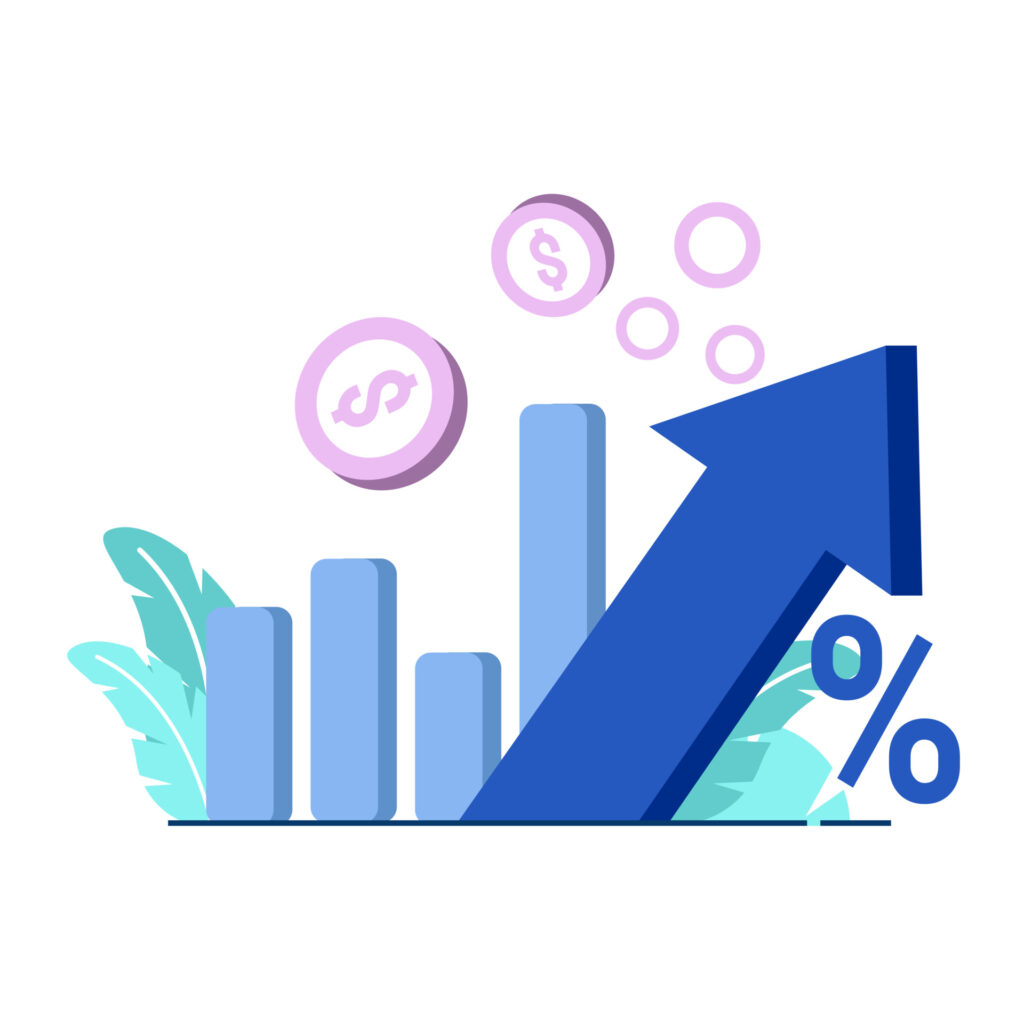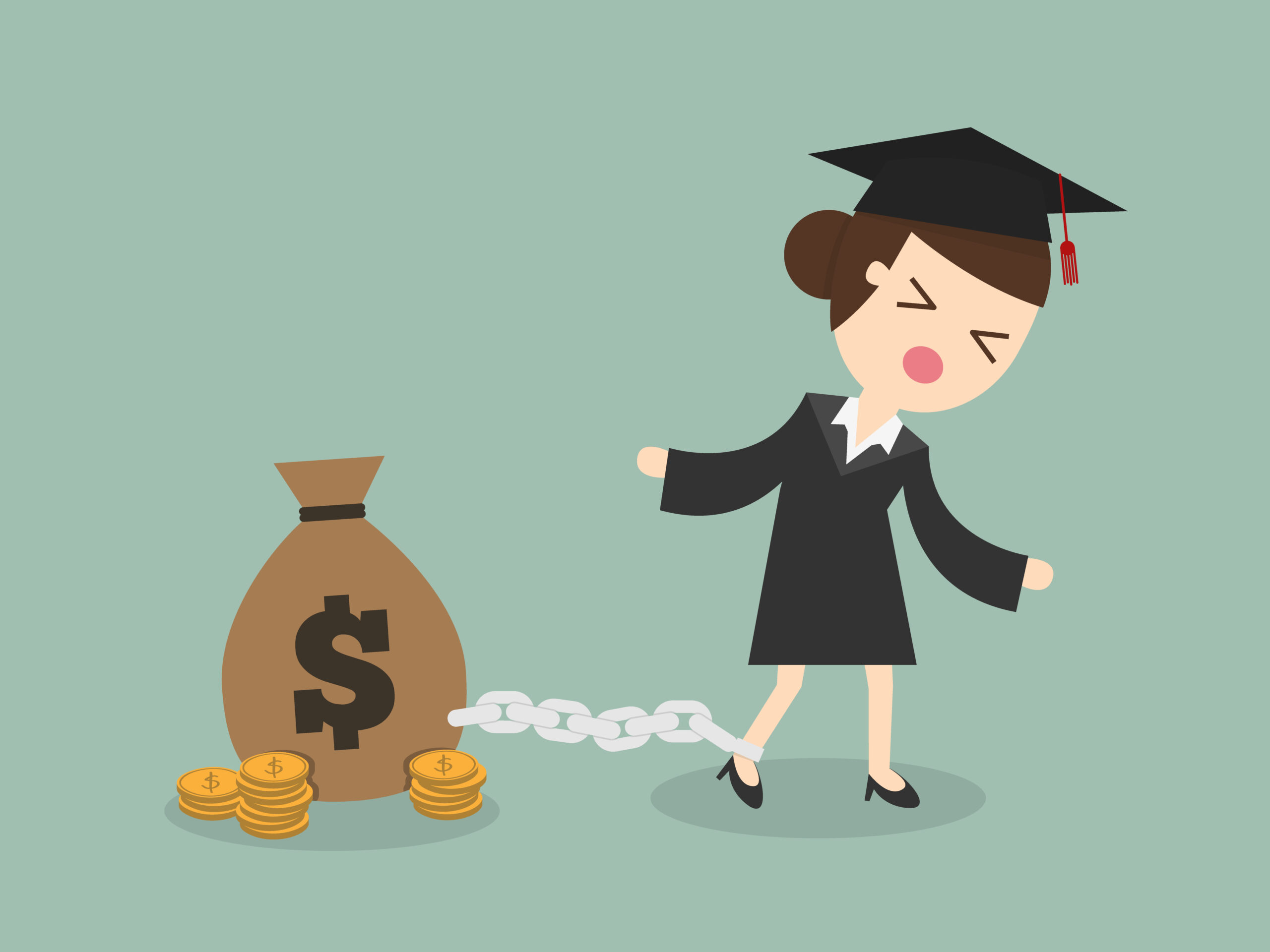The pursuit of higher education is an ideology that society seems to think everybody should do. During high school years, counselors or parents will start asking you about college.
The problem is that too many people feel pressured to continue their education to obtain a better career. These days, most companies hire based on incentive programs from the government, rather than on people with proper education or experience.
This sad reality is prevalent among the hiring community because they enjoy the tax breaks and extra incentives to hire certain people. Imagine hiring people based on a first-come basis versus choosing the best candidate for the job.
All that college education under your belt and somebody else gets the job simply because their application was next in line or because they fit a certain description. You may have the education, but they have the job.
Certain companies will even turn you away especially if you have a college degree or are too educated, which is ridiculous. Still, for many, going to college is a dream that must be accomplished based primarily on pressure.
Unless you are studying to become a doctor or lawyer, etc., you only need to take courses based on your interests or seminars where the speaker is somebody in your area of interest.
A college degree is heavily linked to the student loan debt crisis, which you should avoid.
In the United States, the total student loan debt has ballooned to a staggering $1.7 trillion, surpassing even credit card and auto loan debt. This era of student loans has ignited a national debate, with concerns ranging from the impact on individual borrowers to the potential repercussions for the broader economy.
To fully comprehend the current landscape, we must journey through the history of student loans, expansion, and the challenges they pose today.
The Early Years
The roots of federal student loans stretch back to 1958, marked by the enactment of the National Defense Education Act (NDEA). Sparked by the Soviet Union’s launch of Sputnik in 1957, the NDEA was a landmark legislation aimed at strengthening the American education system.
The primary objective was to ensure the U.S. could rival the Soviet Union in science and technology, thereby safeguarding national security.
A core component of this act was to allocate funds for enhancing American schools while promoting secondary education. This included providing low-interest loans to students pursuing fields deemed vital for national defense, such as science, mathematics, engineering, and foreign languages.
Additionally, there was substantial support for improving teacher training in these areas.
The NDEA significantly expanded access to college education, especially for students from low-income backgrounds. Initially, loan access was restricted, mainly benefiting students in fields crucial for national security.
Interest rates were remarkably low, often around 3%, reflecting the government’s commitment to supporting critical education without imposing a significant financial burden on students.
Triggered by Cold War anxieties, the NDEA represented a pivotal moment in American education. It bolstered the nation’s educational infrastructure, increased access to higher education, and played a vital role in enhancing the U.S.’s scientific and technological capabilities.
In 1965, the Higher Education Act, another significant federal law, was enacted further to expand access to postsecondary education in the U.S. This expansion aimed to promote social mobility and equal opportunity in higher education, acknowledging the transformative impact of a college degree.
While interest rates initially remained affordable, they gradually increased over time, subtly adding to the financial burden for borrowers.
Rise of Unsubsidized Loans and FAFSA
As part of President Johnson’s “Great Society” initiatives, the Higher Education Act has since been updated multiple times and now oversees various areas such as federal student financial aid, educational institutions’ funding, and other higher education programs.
The 1990s ushered in further changes to the student loan landscape. The introduction of unsubsidized loans offered increased access to financial aid but also placed a greater share of the financial responsibility on students.
Unlike subsidized loans, where the government covers interest during enrollment periods, unsubsidized loans accrue interest from the moment of disbursement.

Additionally, establishing the Free Application for Federal Student Aid (FAFSA) streamlined the application process, simplifying access to federal loans and grants.
Based on the EFC, the FAFSA determines a student’s eligibility for various forms of federal financial aid, including:
- Grants. These are essentially free money that does not need to be repaid, often awarded based on financial need.
- Work-study. This provides part-time jobs for students to earn money to help cover education expenses.
- Federal student loans. These offer low-interest loans to help bridge the gap between the cost of attendance and other financial aid.
Federal student loans are offered to undergraduate students with demonstrated financial need. Subsidized and unsubsidized loans are both types of federal student loans, but they differ significantly in terms of interest accrual and who is responsible for paying it.
Loan Types
Subsidized loans are offered by the government to undergraduate students with financial needs and boast lower interest rates. The unique benefit of these loans is the government covers interest payments while you are in school and during grace or deferment periods.
- Interest rate. 6.53% fixed (as of 2024)
- Pros:
- The government pays the interest while you are in school at least half-time, during your grace period, and during deferment periods.
- This can save you a significant amount of money over the life of the loan.
- Cons:
- There are borrowing limits, which may not cover all of your educational expenses.
- You must demonstrate financial need to qualify.
Unsubsidized loans are available to both undergraduate and graduate students regardless of financial need, but interest accrues during all periods, increasing the overall cost.
- Interest rate. 6.53% fixed (as of 2024)
- Pros:
- Can help cover educational expenses not covered by other aid.
- No financial need requirement.
- Cons:
- Interest accrues while you are in school, during your grace period, and during deferment periods.
- This can significantly increase the total amount you repay.
Private student loans from banks and other lenders typically carry higher, variable interest rates and require a credit check, potentially needing a co-signer.
- Interest rate. 3.59% to 17.99% (as of 2024)
- Pros:
- Can help cover educational expenses not covered by other aid.
- May offer higher borrowing limits than federal loans.
- Cons:
- Typically require a credit check and may require a cosigner.
- Less flexible repayment options than federal loans.
- No access to federal loan benefits like income-driven repayment plans or loan forgiveness programs.
Understanding the nuances of these loan types is crucial to making informed decisions about financing your education. It is generally best to exhaust all federal loan options before considering private student loans due to the benefits and protections they offer.
Related Article: “The 5 Most Common Loan Types and What You Should Know“
The Dark Side of Student Loans
While student loans undeniably provide a pathway to higher education, it is crucial to acknowledge their potential downsides. The burden of student loan debt can heavily influence a graduate’s financial well-being and overall quality of life.

This begs the question of the value of student loans and if they are worth considering. Furthermore, other sides to student loans may stick with you for a long time, such as:
- High Debt Burden. The rising tuition costs and the necessity to borrow substantial amounts can leave graduates grappling with significant debt. This financial burden can hinder your ability to save for a home, start a family, or pursue further education.
- Long Repayment Periods. Extended repayment periods can span decades and will only add to the financial strain of student loan debt. The weight of monthly payments can limit financial flexibility and complicate long-term financial planning.
- Limited Financial Flexibility. High monthly payments can constrict your budget, making it challenging to manage unexpected expenses. The pressure to meet loan obligations can also deter individuals from pursuing lower-paying but fulfilling career paths.
- Stress and Mental Health. The psychological toll of student loan debt cannot be underestimated. The constant pressure of repayment, coupled with concerns about financial stability, can contribute to stress, anxiety, and even depression.
When dealing with student debt, or even debt in general, it is best to have good mental health and not allow the idea of debt to control your life. Make sure you plan everything out the best you can and focus on obtaining a career without borrowing, period.
Navigating the Challenges
The history of student loans reflects the goal of expanding access to higher education and empowering individuals to achieve their dreams.
However, the current landscape also reveals a system fraught with challenges. The rising tuition cost, stagnant wages, and limited job opportunities have created a perfect storm of financial strain for many borrowers.
If you decide to pursue a college degree, do not borrow any money to pay for it. Most graduates think by obtaining a degree they will immediately receive a job in the workplace.
Considering how many people have degrees these days, it does not seem as valuable as it once was.
The burden of student loan debt underscores the urgent need for comprehensive solutions. These include expanding grant programs, promoting financial literacy, and exploring innovative repayment models.
As you navigate the complexities of financing higher education, weigh the potential benefits against the drawbacks.
Careful consideration of loan terms, responsible borrowing, and a clear understanding of repayment obligations are crucial steps toward making informed decisions and ensuring a secure financial future.
If you do decide to pursue college then may it be a success and a wonderful experience for you. Just make sure the idea of having student debt does not ruin you. The value of education itself should never have a price on it.
**Disclaimer** I am an educated enthusiast of financial literacy and money management. The information provided in this article is for educational purposes only and should not be considered financial advice. I am not a licensed financial advisor, planner, or counselor.
References:
